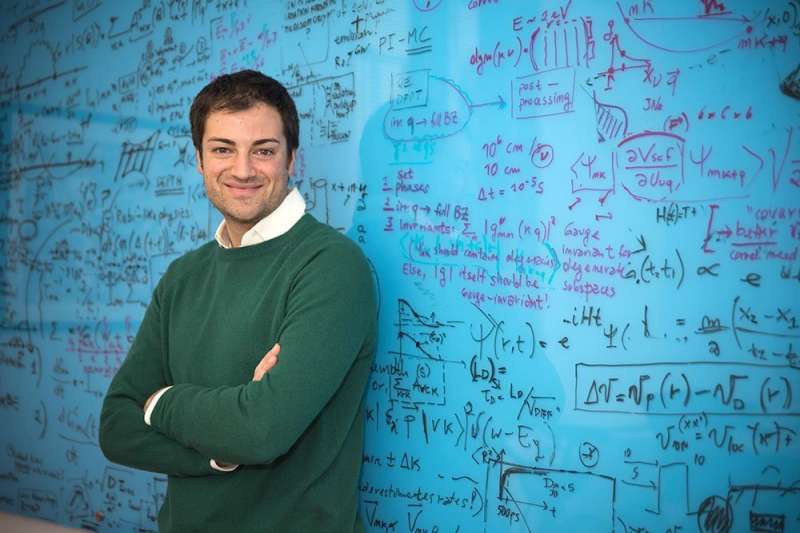New theory of electron spin to aid quantum devices

Electrons—those little subatomic particles that help make up the atoms in our bodies and the electricity flowing through your phone or computer right now—have some properties like mass and charge that will be familiar to anyone who has taken a high school physics class. But electrons also have a more abstract property known as spin, which describes how they interact with magnetic fields.
Electron spin is of particular importance to a field of research called spintronics, which aims to develop quantum electronic devices that use spin in memory storage and information processing. Spin is also central to qubits—the basic unit of information used in quantum computing.
The problem with using spin in these quantum devices is that its quantum states can be easily disrupted. To be used in a device, the electron spins need to preserve their quantum state for as long as possible to avoid loss of information. This is known as spin coherence, and it is so delicate that even the tiny vibrations of the atoms that make up the device can wipe out the spin state irreversibly.
In a new paper published in the journal Physical Review Letters, Marco Bernardi, professor of applied physics, physics and materials science; and Jinsoo Park, postdoctoral scholar research associate in applied physics and materials science, have developed a new theory and numerical calculations to predict spin decoherence in materials with high accuracy.
Bernardi explains: "Existing theories of spin relaxation and decoherence focus on simple models and qualitative understanding. After years of systematic efforts, my group has developed computational tools to study quantitatively how electrons interact and move in materials.
"This new paper has taken our work a few steps further: we have adapted a theory of electrical transport to study spin, and discovered that this method can capture two main mechanisms governing spin decoherence in materials—spin scattering off atomic vibrations, and spin precession modified by atomic vibrations. This unified treatment allows us to study the behavior of the electron spin in a wide range of materials and devices essential for future quantum technologies.
"It is almost startling that in some cases we can predict spin decoherence times with an accuracy of a few percent of the measured values—down to a billionth of a second—and access microscopic details of spin motion beyond the reach of experiments. Ironically, our research tools—computers and quantum mechanics—can now be used to develop new computers that use quantum mechanics."
The paper describing the research, titled, Predicting Phonon-Induced Spin Decoherence from First Principles: Colossal Spin Renormalization in Condensed Matter," appears in the November 2 issue of Physical Review Letters.
Its companion paper describing the theory in detail, titled "Many-body theory of phonon-induced spin relaxation and decoherence," appears in issue 17 of Physical Review B as an Editor's Suggestion.
More information: Jinsoo Park et al, Predicting Phonon-Induced Spin Decoherence from First Principles: Colossal Spin Renormalization in Condensed Matter, Physical Review Letters (2022). DOI: 10.1103/PhysRevLett.129.197201
Jinsoo Park et al, Many-body theory of phonon-induced spin relaxation and decoherence, Physical Review B (2022). DOI: 10.1103/PhysRevB.106.174404
Journal information: Physical Review Letters , Physical Review B
Provided by California Institute of Technology




















